The Art of African Prints
Fashion is more than just clothing, it’s a language, a statement, and a reflection of heritage. Nowhere is this truer than in African fashion, where prints tell stories, celebrate identity, and connect generations. African prints are bold, expressive, and deeply rooted in tradition, yet they continue to evolve with contemporary influences, making them a powerful force in global fashion.
A History Woven in Fabric
African prints, also known as Ankara, Aso-oke, Adire, or Batik, are often mistaken for purely indigenous textiles, but their history is a fascinating blend of African, Asian, and European influences. The most iconic African prints today were heavily influenced by Dutch wax prints, which were introduced to West Africa in the 19th century through trade with the Netherlands. These prints, originally inspired by Indonesian Batik, quickly gained popularity among African communities, who infused them with unique cultural meanings and designs.
Over time, African designers began to craft prints that reflected their own heritage, incorporating motifs that symbolized proverbs, political statements, social status, and even personal emotions. Today, African prints are not just fabrics; they are visual narratives that preserve and celebrate African identity.

The Rise of African Prints in Global Fashion
In the past decade, African prints have taken centre stage in the global fashion scene. International designers have seamlessly blended African textiles with modern silhouettes, bringing these vibrant patterns to runways worldwide. High-profile celebrities such as Beyoncé, Rihanna, and Michelle Obama have also embraced African prints, further cementing their place in mainstream fashion.
The popularity of African prints has sparked conversations around cultural appreciation versus appropriation. While African designers have long championed these textiles, major global brands have sometimes capitalized on the aesthetic without acknowledging its origins. This has led to a movement advocating for African designers to take ownership of their narratives and ensure that the economic benefits of these prints return to their rightful communities.
Sustainability and African Prints
African fashion has long embraced sustainable practices, even before sustainability became a trend in global fashion. Many African print fabrics are produced using eco-friendly techniques, including hand-dyeing, weaving, and upcycling. Traditional artisans employ methods passed down through generations, ensuring that production remains both ethical and environmentally conscious.
Moreover, many African designers are incorporating organic fabrics such as cotton, hemp, and bamboo into their collections, reducing waste and promoting ethical labour practices. By supporting African fashion brands that use traditional methods, consumers contribute to a more sustainable and culturally respectful industry.

Elevating African Prints to a Global Market
As African prints gain worldwide recognition, Onuli is at the forefront of showcasing these textiles to international audiences. We believe that African fashion is more than just a trend, it is a movement rooted in history, craftsmanship, and storytelling. By connecting African designers with global shoppers, we ensure that the creators behind these stunning prints receive the recognition and compensation they deserve.
We celebrate the artistry of African prints by featuring curated collections from designers who blend traditional textiles with modern design. Whether it’s a tailored Ankara suit, a flowing Kitenge dress, or a bold Dashiki streetwear ensemble, we are bridging the gap between heritage and contemporary fashion, making African prints accessible to fashion lovers everywhere.
Innovation Meets Tradition
The future of African prints is dynamic, with designers continuously reimagining patterns and experimenting with new techniques. Moreover, the fusion of African prints with contemporary fabrics like denim, leather, and silk is redefining how these textiles are worn and perceived.
We not only preserve the rich history behind these fabrics but also empowers the next generation of African designers to make their mark on the fashion industry.

A Cultural Revolution
African prints are not just fabrics; they are a cultural force, a historical record, and an artistic expression of identity. Their vibrant colours, intricate designs, and deep-rooted symbolism make them a staple in both traditional and contemporary fashion. As they continue to evolve and capture global attention, it’s essential to honour the artisans and designers who have preserved this art form for generations.
African prints are no longer confined to the continent; they are finding their way into wardrobes across the world, telling stories, celebrating heritage, and shaping the future of fashion. African prints are here to stay, and they are more than just a trend; they are a timeless expression of culture and creativity.




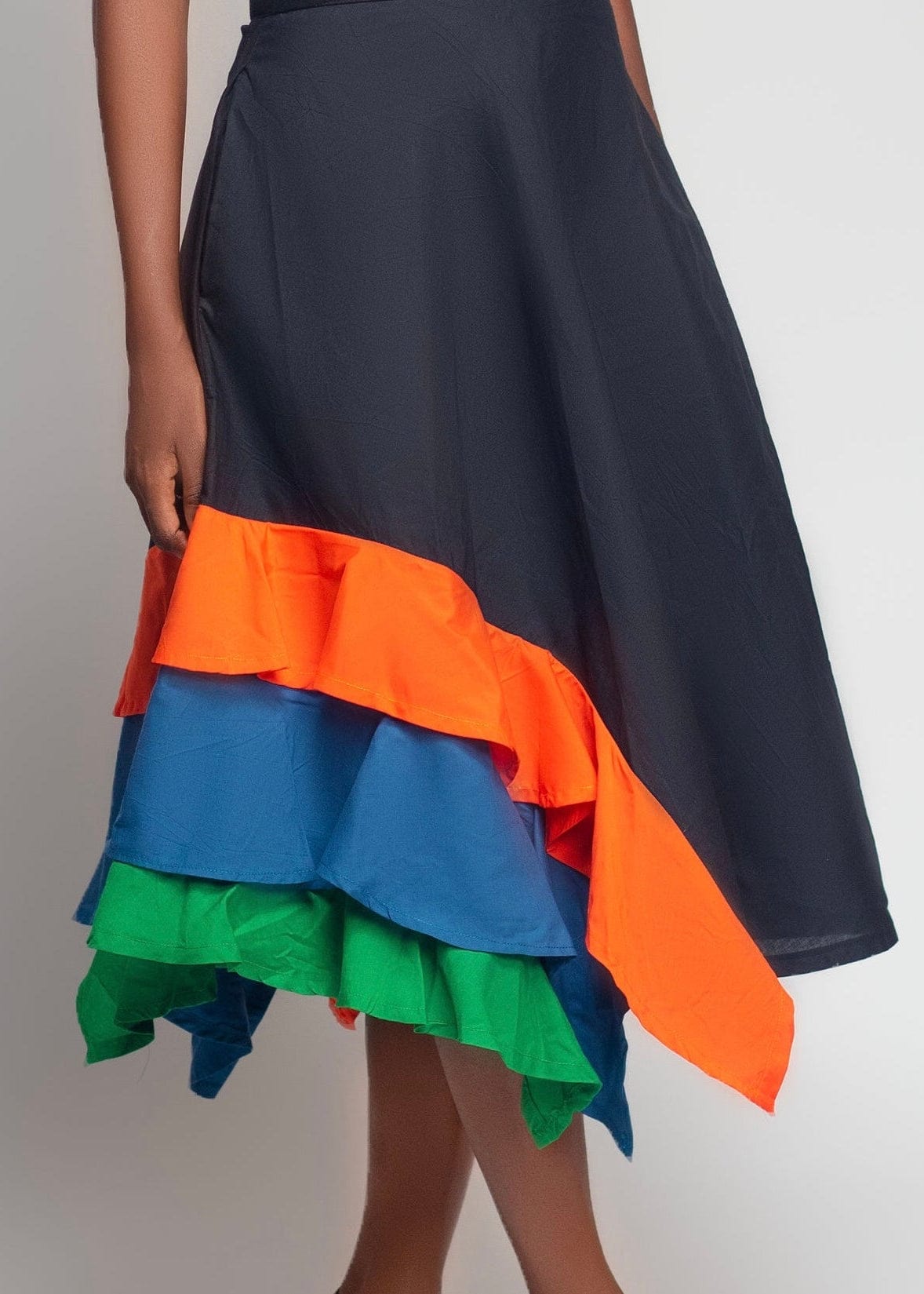

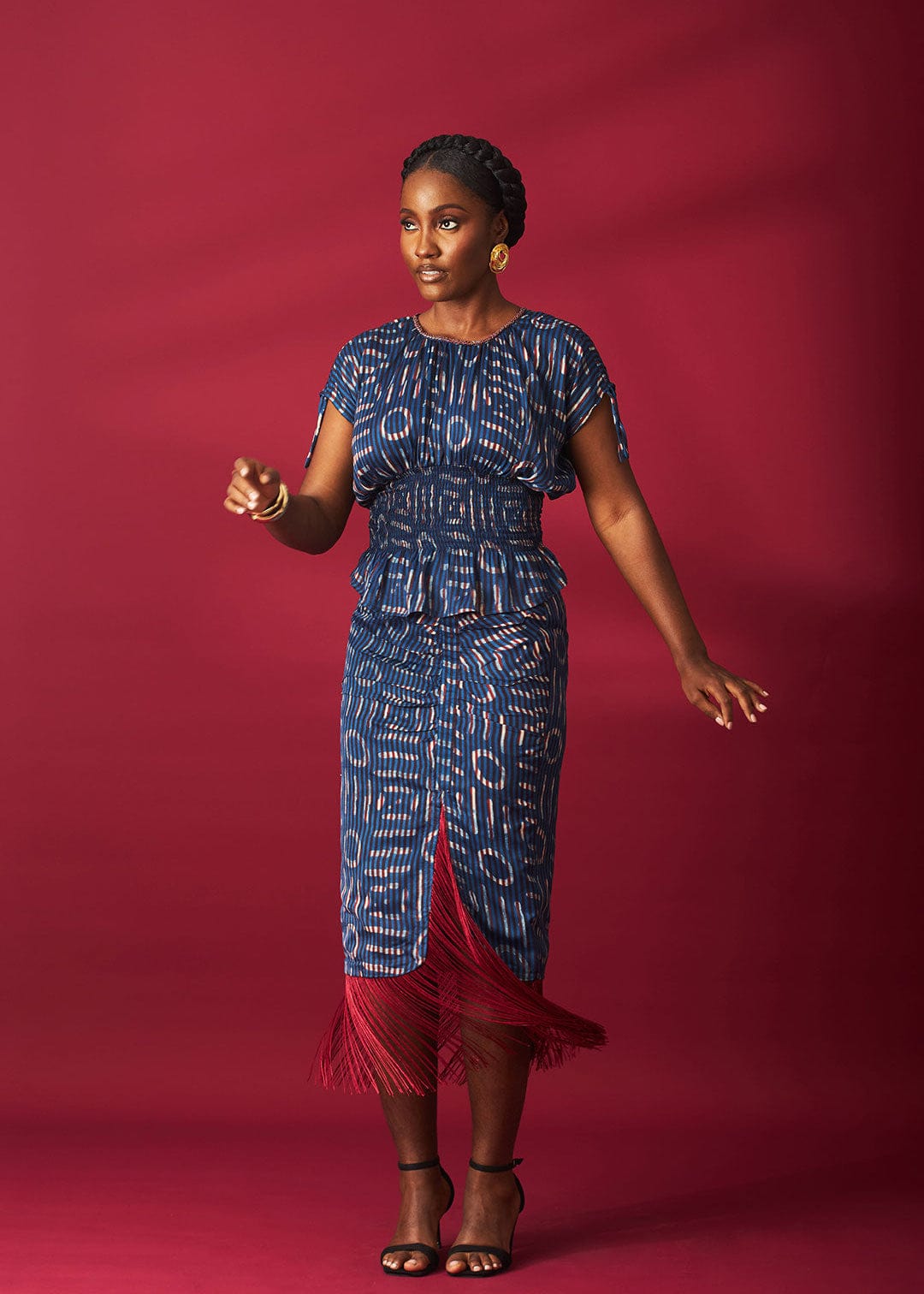

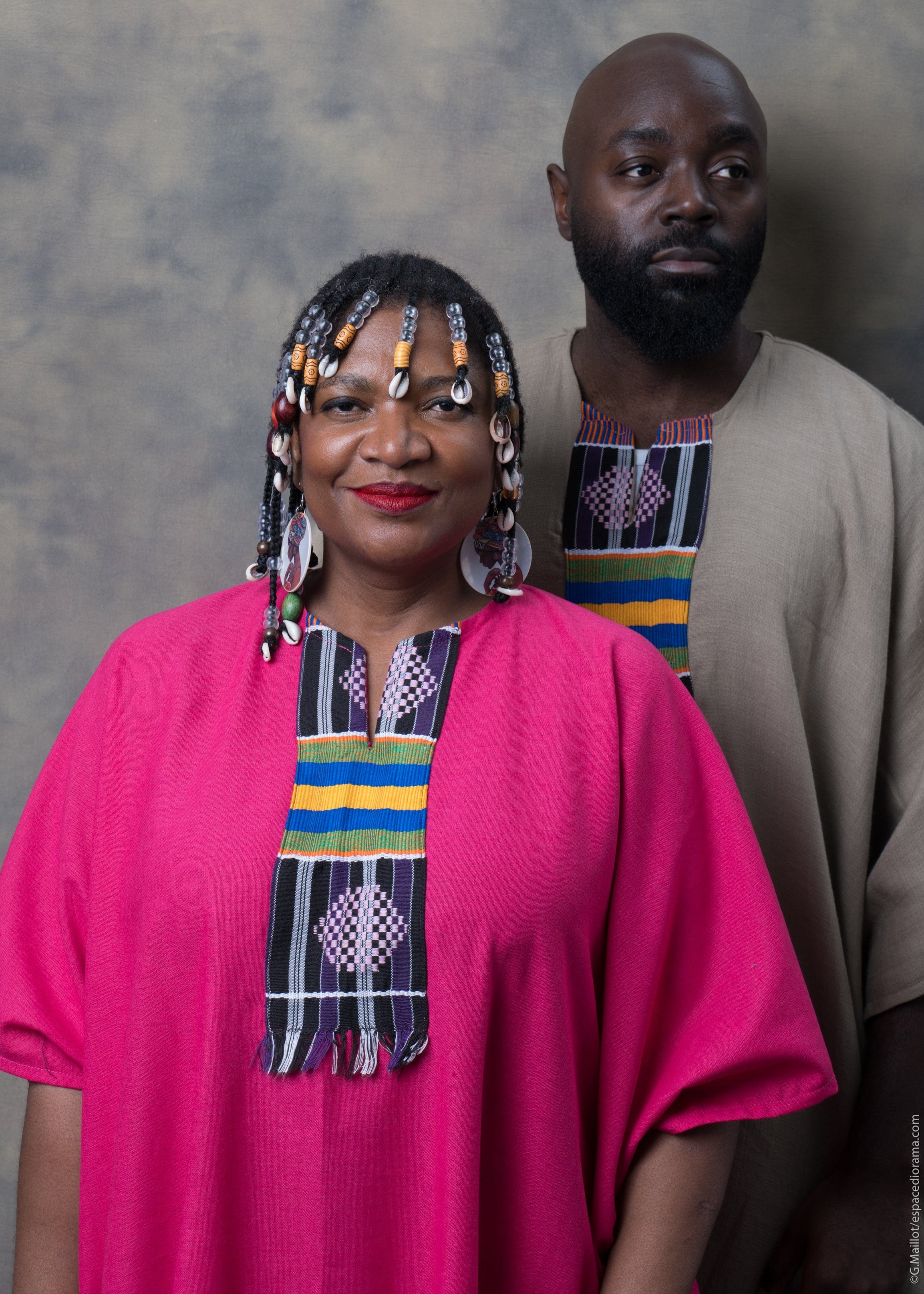
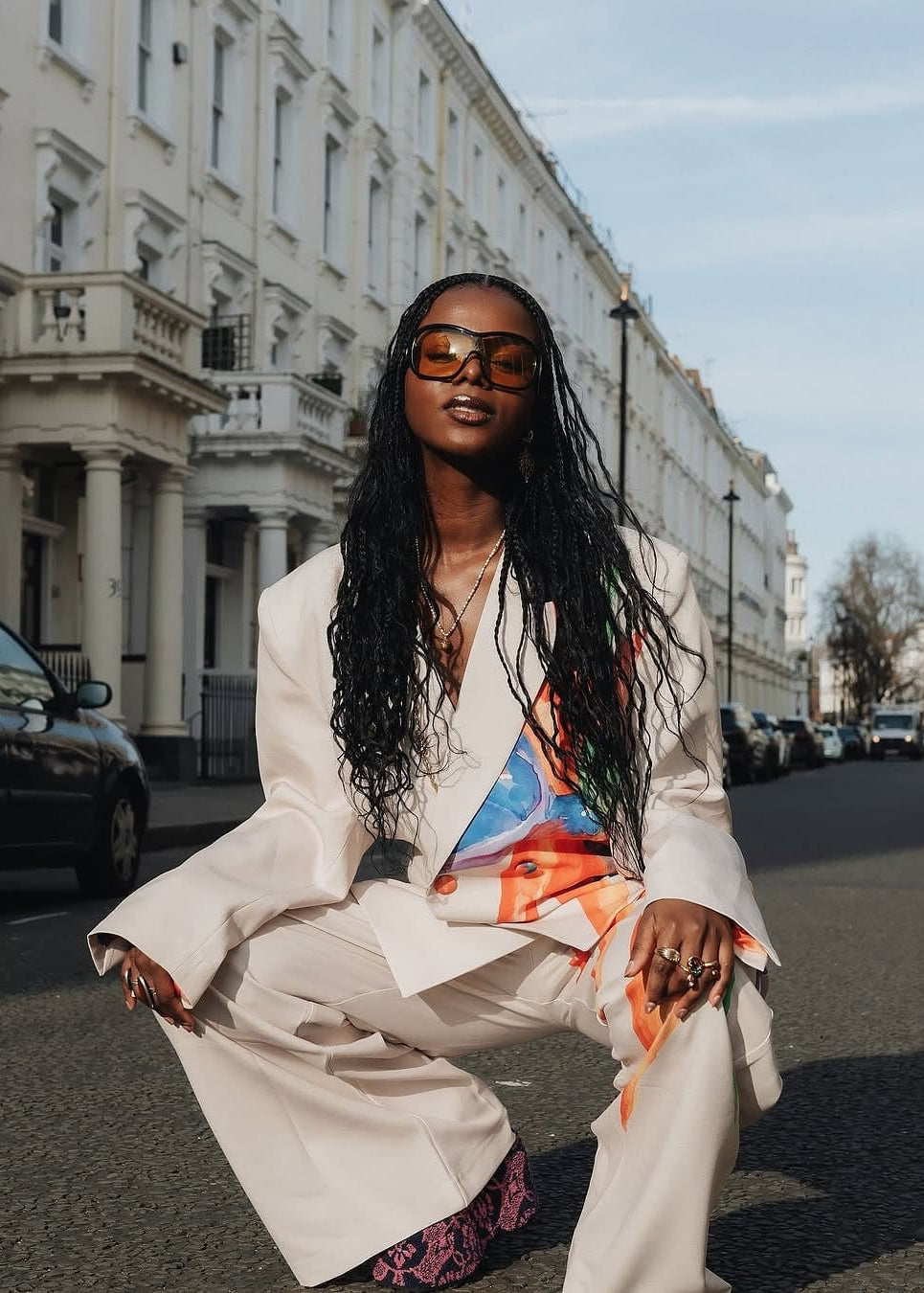
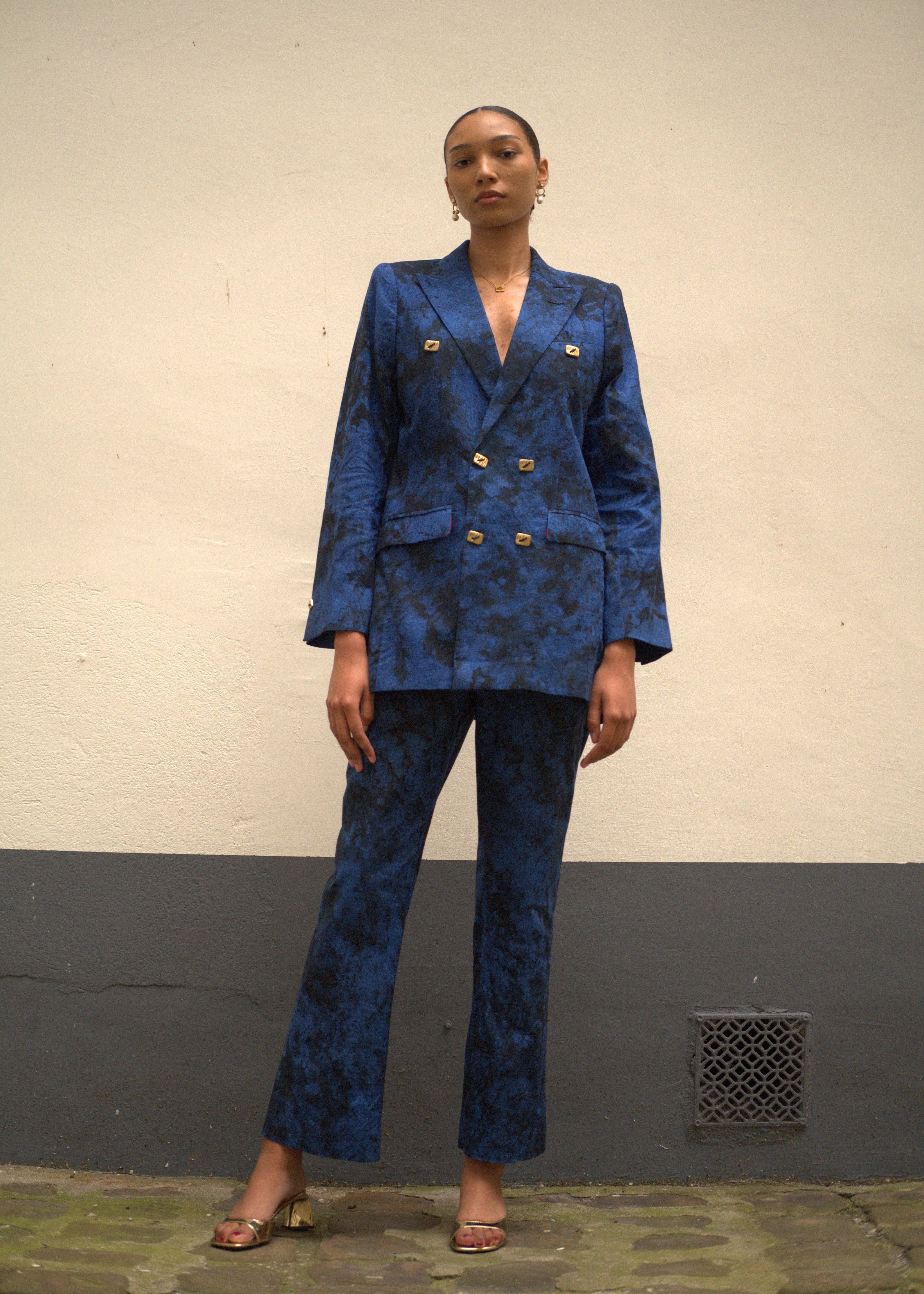


Hinterlasse einen Kommentar
Diese Website ist durch hCaptcha geschützt und es gelten die allgemeinen Geschäftsbedingungen und Datenschutzbestimmungen von hCaptcha.